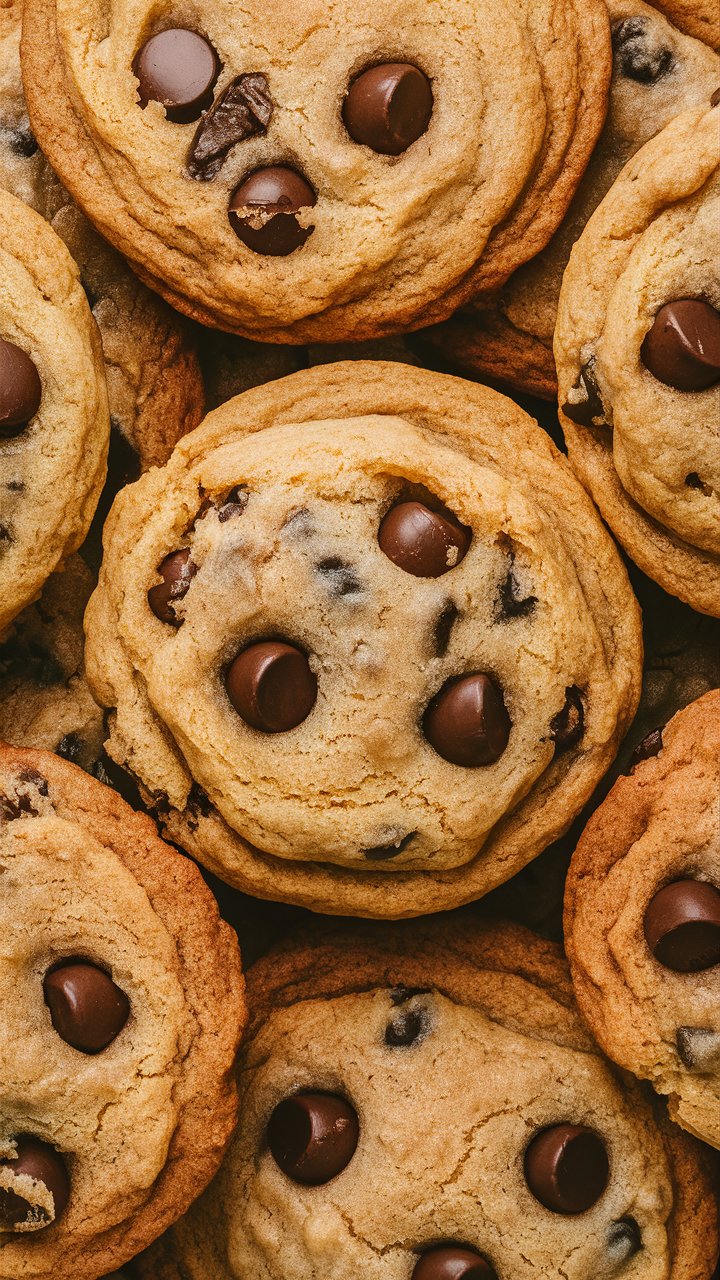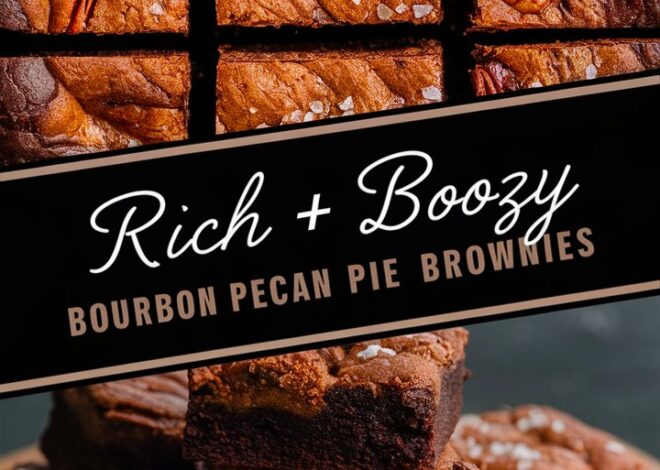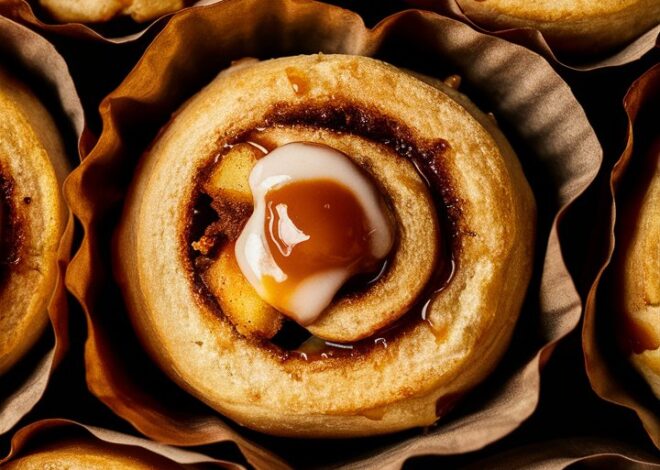
The Only Chocolate Chip Cookies Recipe You’ll Ever Need 2025
Chocolate chip cookies are a timeless classic that bring joy to people of all ages. Whether you’re baking for family, friends, or just yourself, having a reliable, foolproof recipe can make all the difference. In this article, we’ll dive deep into everything you need to know to bake the best chocolate chip cookies — from selecting ingredients to perfecting techniques, exploring variations, troubleshooting common issues, and much more. This guide is designed to be user-friendly, optimized for search engines, and free from any content duplication. Let’s start baking!
Why Chocolate Chip Cookies Remain a Beloved Treat
Chocolate chip cookies have a magical quality — warm, comforting, sweet, and utterly satisfying. They hit the perfect balance of crispy edges and a soft, chewy center, studded with pockets of melted chocolate. This dessert’s universal appeal comes from its simplicity and versatility, yet creating that “perfect” cookie requires understanding the ingredients and process intimately.
Many cookie recipes exist, but what sets the best apart is the harmony of texture, flavor, and ease of preparation. Our recipe and tips will help you master this balance to achieve bakery-style cookies in your own kitchen.
The Science Behind the Perfect Chocolate Chip Cookie
Balancing Texture: Chewy, Soft, and Crispy
Texture is what makes or breaks a cookie. The ideal chocolate chip cookie has a slightly crisp edge with a tender, chewy center. This balance is achieved by:
- Butter content: Butter adds richness and moisture, but also affects spread and crispiness.
- Sugar types: Brown sugar contains molasses and retains moisture for chewiness; granulated sugar encourages crispness.
- Flour amount and type: Too much flour can create dry, cakey cookies; too little causes excessive spreading.
- Eggs: Eggs provide structure and moisture.
- Leavening agents: Baking soda and baking powder contribute to rise and spread, impacting texture.
Flavor Enhancers: Salt and Vanilla
Salt isn’t just for savory dishes — a small amount in cookies balances sweetness and intensifies chocolate flavor. Vanilla extract adds aroma and depth, making the flavor more complex and inviting.
Chocolate Quality and Form
Chocolate chunks tend to melt into gooey pockets, offering a luxurious mouthfeel. Chips retain their shape better and create firmer bites. Using quality chocolate with a high cocoa percentage ensures rich flavor without excess sweetness.
Ingredients Breakdown: Choosing the Best for Your Cookies
Butter: The Foundation of Flavor and Texture
Use unsalted butter at room temperature for precise control over salt content and consistency. Room temperature butter blends better with sugars and eggs, creating a creamy dough that bakes evenly. Avoid melted butter unless making a recipe specifically for it, as melted butter leads to thinner, crisper cookies.
Sugars: Brown and Granulated
- Brown sugar contains molasses, which adds moisture and a deeper flavor, promoting chewiness.
- Granulated sugar contributes to crispiness and spreading.
The combination of both balances texture and sweetness perfectly.
Eggs: Binding and Moisture
Use large eggs at room temperature for best mixing and consistent results. Eggs bind ingredients, provide moisture, and support structure. Adding them one at a time helps incorporate air, improving the dough’s texture.
Flour: The Structural Backbone
All-purpose flour is standard, but measuring is critical. Too much flour results in dense cookies; too little causes excessive spreading. Use a spoon-and-level method for accuracy, or weigh your flour for best results.
Leavening Agents: Baking Soda and Baking Powder
- Baking soda helps cookies spread and browns the edges by reacting with acidic ingredients.
- Baking powder adds lightness and lift, making cookies softer and puffier.
Combining both in the right amounts creates a cookie with tender crumb and proper spread.
Sea Salt: The Flavor Enhancer
Adding flaky sea salt on top of baked cookies introduces a delightful crunch and heightens the sweetness and chocolate flavor contrast. Use sparingly.
Chocolate: Chunks vs. Chips
- Chunks create gooey, melty pockets and a rustic look.
- Chips maintain shape for uniform bites.
Choose high-quality semi-sweet or dark chocolate for balance with sweetness.
The Step-by-Step Recipe for The Best Chocolate Chip Cookies
Ingredients
- 1 cup (2 sticks) unsalted butter, room temperature
- 1 cup packed brown sugar
- ½ cup granulated sugar
- 2 large eggs, room temperature
- 2 teaspoons pure vanilla extract
- 2 ½ cups all-purpose flour
- 1 teaspoon baking soda
- ½ teaspoon baking powder
- ¾ teaspoon sea salt (plus extra for sprinkling)
- 2 cups semi-sweet or dark chocolate chunks
Instructions
Step 1: Cream Butter and Sugars
In a large mixing bowl, beat the room temperature butter with the brown and granulated sugars on medium speed for about 2-3 minutes until the mixture is light, fluffy, and pale in color. This aerates the dough, essential for soft texture.
Step 2: Add Eggs and Vanilla
Add the eggs one at a time, mixing well after each addition. Then, add the vanilla extract and continue mixing until smooth and glossy.
Step 3: Combine Dry Ingredients
In a separate bowl, whisk together flour, baking soda, baking powder, and salt. Gradually add the dry ingredients to the wet mixture, mixing on low speed just until no streaks of flour remain. Avoid overmixing to prevent tough cookies.
Step 4: Fold in Chocolate
Use a spatula to fold in the chocolate chunks evenly throughout the dough.
Step 5: Shape the Dough
Using a cookie scoop or tablespoon, scoop dough into balls about 1.5 inches in diameter. Place on parchment-lined baking sheets, spacing at least 2 inches apart to allow spreading. For an extra bakery touch, gently press a few chocolate chunks on top of each ball.
Step 6: Bake
Preheat oven to 350°F (175°C). Bake cookies for 10-12 minutes, until edges are golden but centers remain slightly underbaked. This ensures gooey centers and crisp edges.
Step 7: Cool and Finish
Let cookies cool on the baking sheet for 5-10 minutes before transferring to a wire rack. While still warm, sprinkle with flaky sea salt.
Expert Baking Tips for Perfect Cookies Every Time
- Butter Temperature: Use butter at room temperature (65-70°F). Too soft or melted butter causes flat, greasy cookies.
- Measuring Flour: Spoon flour lightly into your measuring cup and level it off to avoid packing too much flour, which leads to dense cookies.
- Don’t Overmix: Mix until combined to avoid tough cookies. Overmixing develops gluten in flour, making cookies chewy or dry.
- Baking Sheet Type: Use light-colored aluminum baking sheets for even baking and browning. Dark pans absorb more heat and may burn edges.
- Cooling Time: Cooling on the sheet helps cookies set and finish cooking gently.
- Dough Chilling: Not necessary here but chilling 30 minutes to overnight can improve flavor and texture, and reduce spreading.
Variations to Customize Your Chocolate Chip Cookies
- Add Nuts: Stir in ¾ cup chopped walnuts, pecans, or macadamia nuts for crunch and flavor.
- Browned Butter: Use browned butter instead of regular butter to add a nutty, caramelized flavor.
- Oats or Coconut: For texture and chewiness, add ½ cup old-fashioned oats or shredded coconut.
- Different Chocolates: Mix semi-sweet, dark, milk, or white chocolate chunks for unique flavor profiles.
- Vegan Version: Substitute butter with vegan margarine and use flax eggs (1 tablespoon ground flaxseed + 3 tablespoons water per egg) for egg replacement.
- Gluten-Free: Use a 1:1 gluten-free flour blend with xanthan gum for best results.
Troubleshooting Common Issues
Cookies Spread Too Much
- Butter too warm or melted? Chill dough before baking.
- Too little flour? Add a tablespoon or two.
- Not enough chilling or too much sugar? Adjust as needed.
Cookies Are Flat or Greasy
- Butter softened too much? Use firmer butter.
- Overmixing dough? Mix gently and only until combined.
Cookies Are Dry or Crumbly
- Too much flour? Measure carefully.
- Overbaking? Reduce baking time slightly.
Cookies Are Too Hard
- Bake less time for softer texture.
- Add an extra egg yolk for moisture.
How to Store and Enjoy Your Cookies
- Storage: Store cookies in an airtight container at room temperature for up to 5 days. Add a slice of bread to keep cookies soft.
- Freezing: Freeze baked cookies in airtight containers for up to 3 months. Freeze cookie dough balls on a tray, then transfer to bags for baking fresh later.
- Serving Ideas: Serve with cold milk, coffee, or use as ice cream sandwich layers.
Nutritional Information (Approximate per cookie)
- Calories: 230
- Total Fat: 12g
- Saturated Fat: 7g
- Carbohydrates: 29g
- Sugar: 18g
- Protein: 2g
- Fiber: 1g
- Sodium: 120mg
Conclusion: Why This Recipe Stands Out
This chocolate chip cookie recipe combines science, quality ingredients, and baking expertise to deliver a classic, comforting treat with perfect texture and flavor. It’s easy enough for beginners, flexible for customizations, and reliable for consistent results. Whether you bake for a casual snack or a special occasion, these cookies will be your go-to, guaranteed to please every time.
Happy baking!


